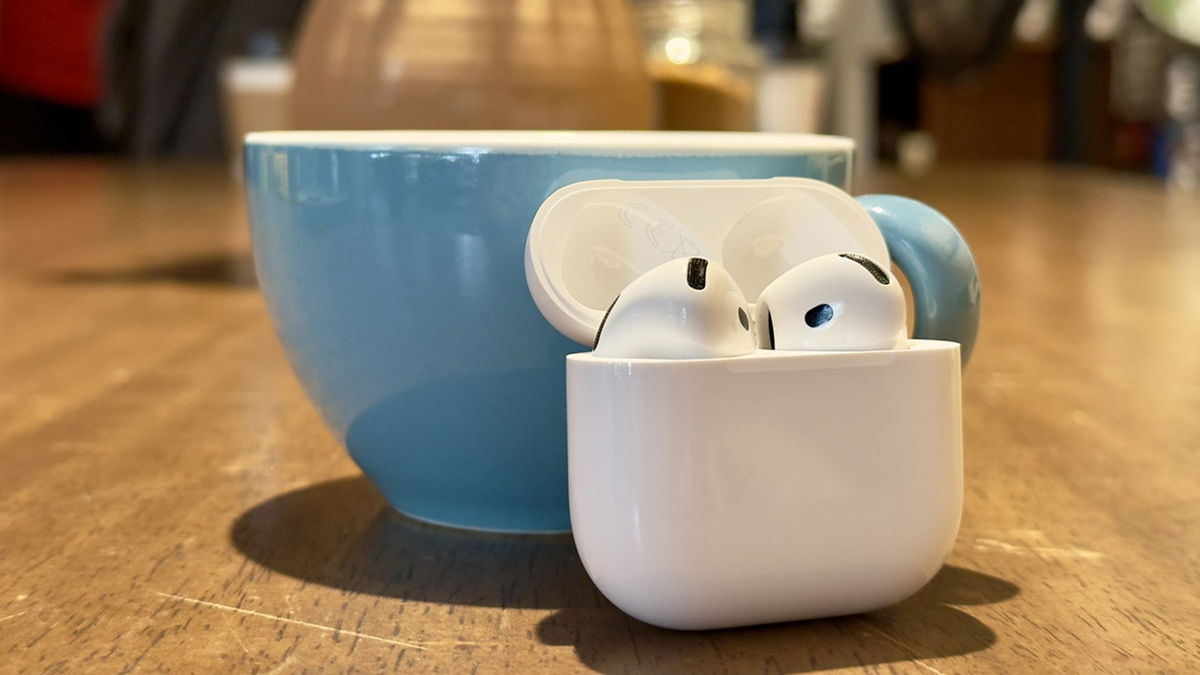Microsoft will remove WordPad from Windows in your next update. Free text editor will disappear from all editions of the operating systemstarting with Windows 11 and Windows Server 2025. The tech giant has confirmed that the Windows 11 24H2 update will kill one of the company’s oldest applications.
Yes, sure WordPad’s death was announced in September 2023, Microsoft has not set an exact date for its closure. Residents of Redmond warned that the text editor will no longer be updated and will not receive new features. A few months later, the tech company removed it from the Windows 11 installer, so new users will no longer be able to access it.
Microsoft has hammered the final nail into WordPad’s coffin by confirming that will be removed from Windows 11 starting with version 24H2.. The update, one of the most significant in the operating system, will arrive in the second half of the year and will remove all mention of the word processor. The company announced changes to its resource website for legacy Windows features.
“WordPad will be removed from all editions of Windows starting with Windows 11, version 24H2 and Windows Server 2025. As a result Windows will no longer have a built-in RTF reader by default.. We recommend Microsoft Word for rich text documents such as .doc and .rtf, and Notepad for plain text documents such as .txt.”
Windows 11 version 24H2 will remove wordpad.exe, wordpadfilter.dll and write.exe files, so it will be impossible to restore it. With this, Microsoft ends a nearly three-decade history that began with Windows 95, when WordPad was integrated as a free word processor with RTF and DOC support.
RIP WordPad, the free Windows text editor
WordPad arrived with Windows 95, replacing veteran Microsoft Write. This basic word processor provided more features than Notepad, which allows you to format text and even insert images. Its code was even shared with Microsoft via MFC (Microsoft Foundation Classes) as an example for developers.
The idea of offering a free text editor was attractive in the early days of WordPad. Although its functionality was basic, The application allowed you to open Word documents, although at the risk of losing the original format. WordPad later adopted Unicode to write files in multiple languages.
Just like Paint or Notepad, WordPad was an application with few updates.. The application was operating system dependent, so users had to wait for a service pack or major update to receive the changes. Microsoft has used each version of Windows to integrate or remove features.
In Windows 7, WordPad uses the Calibri font and has built-in support for Office Open XML and ODF formats. Years later, Windows 10 added support for voice typing, and the RichEdit control allowed the integration of third-party services such as grammar and spell checkers.
Arrival from Google Docs and mobile devices are buried what little relevance WordPad has left. Users no longer had to pay for an Office license because they had a more reliable word processor at their fingertips, freely accessible from the Internet. Microsoft realized this and offered a free version of Word to compete with Google.
The death of WordPad will only affect the nostalgicWe use it as an emergency application to open assignments in .doc format from computers at school or in an internet cafe. Microsoft will erase part of its historyalthough that won’t stop enthusiasts from reviving it as a standalone app.
Source: Hiper Textual
I am Garth Carter and I work at Gadget Onus. I have specialized in writing for the Hot News section, focusing on topics that are trending and highly relevant to readers. My passion is to present news stories accurately, in an engaging manner that captures the attention of my audience.











